Machdiamond
ACCESS: Secret
- Joined
- 15 January 2007
- Messages
- 325
- Reaction score
- 23
Thanks, I missed that.
--Luc
--Luc
Source:Firebird intelligence-gathering air system successfully used three different high-definition video sensors and an electronics support payload all at the same time -- a future capability sought by the U.S. military that's available today
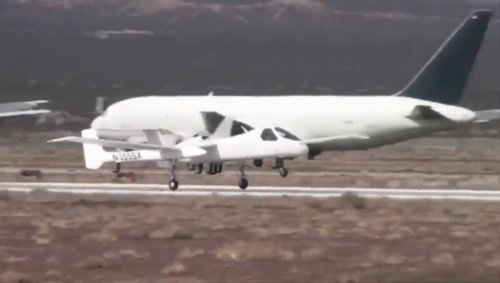
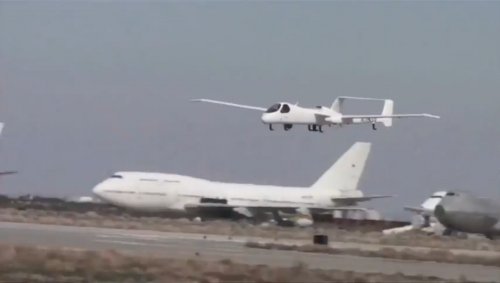
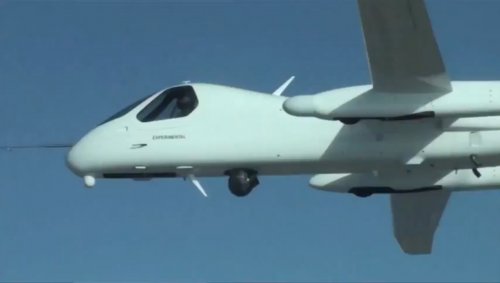
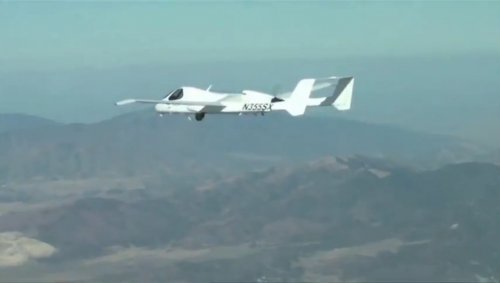
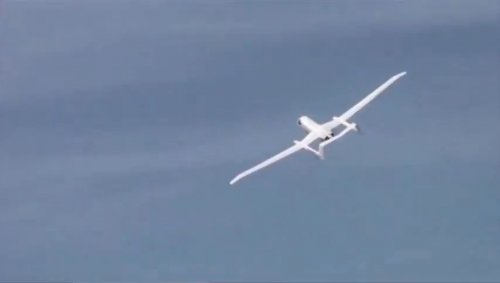
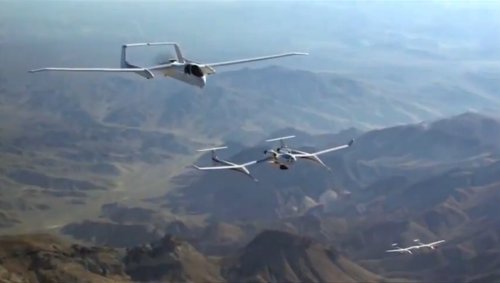
On May 9, 2011, Northrop Grumman Corporation (NYSE:NOC) unveiled Firebird, a new intel gathering aircraft system designed to be flown manned, or unmanned. Firebird allows military users to get real-time high-definition video, view infrared imagery, use radar and even listen in on communications signals -- all at the same time.
One Spy Plane, Please—Pilot Optional
The Firebird, Northrop Grumman's new intelligence, surveillance, and recon (ISR) aircraft, has caught the eye of a certain unnamed special ops command or intelligence agency, which has ordered 10 of them. Here are its key components
The [aircraft] pictured in the first part of our article seems to have some alterations when compared to the earliest examples of the second generation Firebird. Most notably longer wings seem to have been fitted and changes have been made to the engine and nacelle configuration.
This is likely why the designation is H03 instead of R02, which was assigned to at least two earlier iterations of the second generation Firebird. The FAA's database says Northrop Grumman has two R02s (N241PR and N412DB) and one H03 (N326JG) registered to it. N355SX is the tail number of the original Firebird demonstrator aircraft.
Longer wings seem to have been fitted and changes have been made to the engine and nacelle configuration.
As for the aircraft's powerplant, supposedly it uses a fairly pedestrian turbocharged Lycoming TEO-540E engine, which is a testament to the airframe's super-efficient design. But it appears that the cowling configuration was changed on the H03 so it's not clear if this engine is still being used. It's possible that a new engine and wing combo was designed to boost the aircraft's altitude, endurance, and load carrying capacity. In its original configuration, it could supposedly fly in the 30,000-35,000 foot altitude range as fast as 200 knots.
Photojournalist David Wirth captured these latest pictures near the Mojave Air and Space Port in California. Northrop Grumman, which owns Scaled Composites at present, has a hangar at the airport and that’s where the all-gray H03 had previously emerged. The aircraft has a large air data boom, indicative of flight test activities, but we don’t know if this was its first flight or not.
Otherwise, the aircraft’s most prominent difference from the second iteration of the Firebird is the significantly longer wings.
In addition, the H03 has a revised engine and nacelle configuration. The R02s reportedly used a single Lycoming TEO-540E engine, a turbocharged variant of a relatively simple design that dates back to 1957, as its powerplant. That the aircraft only needed one these engines was good evidence of their highly efficient performance. As of 2012, Scaled Composites said the "production ready" design could use a "heavy fuel" powerplant.
The changes near the engine area suggest that the new version could have a different and more efficient or powerful powerplant to fly higher, longer, or with a larger payload.
The sensor and equipment fit also appears to be unchanged since we last saw N326JG. There is a single, large, black sensor turret underneath the fuselage. The aircraft, like its predecessor, is presumably capable of carrying various electro-optical, infrared, or multi-spectral video cameras, along with laser range-finders and designators.
There’s a “platter” antenna on the right boom, which is likely associated with a UHF satellite communications suite, as well various other antennas and aerials for other types of communications equipment and data links. The two black aerials under the wings are much more apparent in these new images, which likely work as line-of-sight UHF data links.
There appears to be another line-of-sight (LOS) data link under the nose and another one on top of the right tail. On the original Firebird and the R02s, personnel could install additional beyond-line-of-sight (BLOS) links in the cockpit area for unmanned operations with an operator controlling the aircraft remotely from a ground station. It is said that the H03 can fly without a pilot in a similar configuration.
However, it is almost certain that the H03 can carry additional sensors, such as imaging radars and multi-camera wide-area persistent surveillance systems, as well as other equipment, including communications relays and electronic intelligence gathering suites. The R02s had a number of modular payload bays to accommodate these systems and it is likely that this newer aircraft retains many of those same compartments.
The real mystery of this plane remains what customer or customers Northrop Grumman might have lined up to purchase it and/or other production examples in the future.
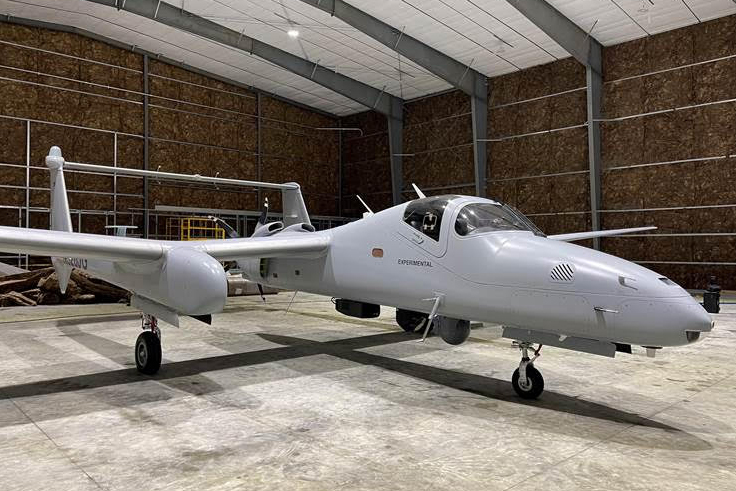
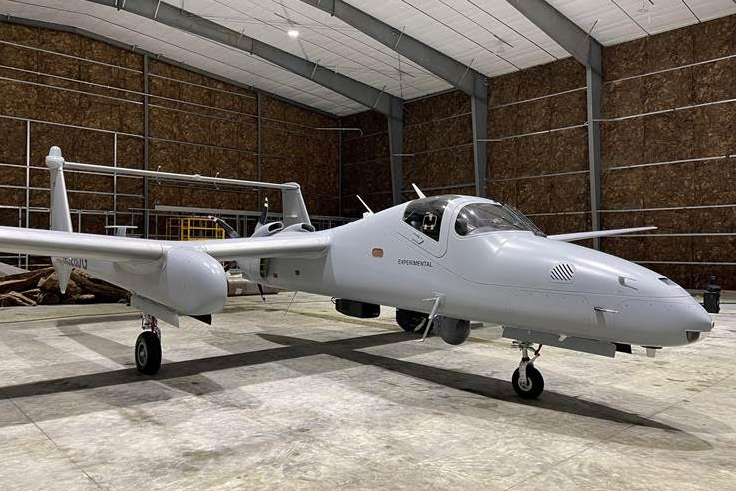
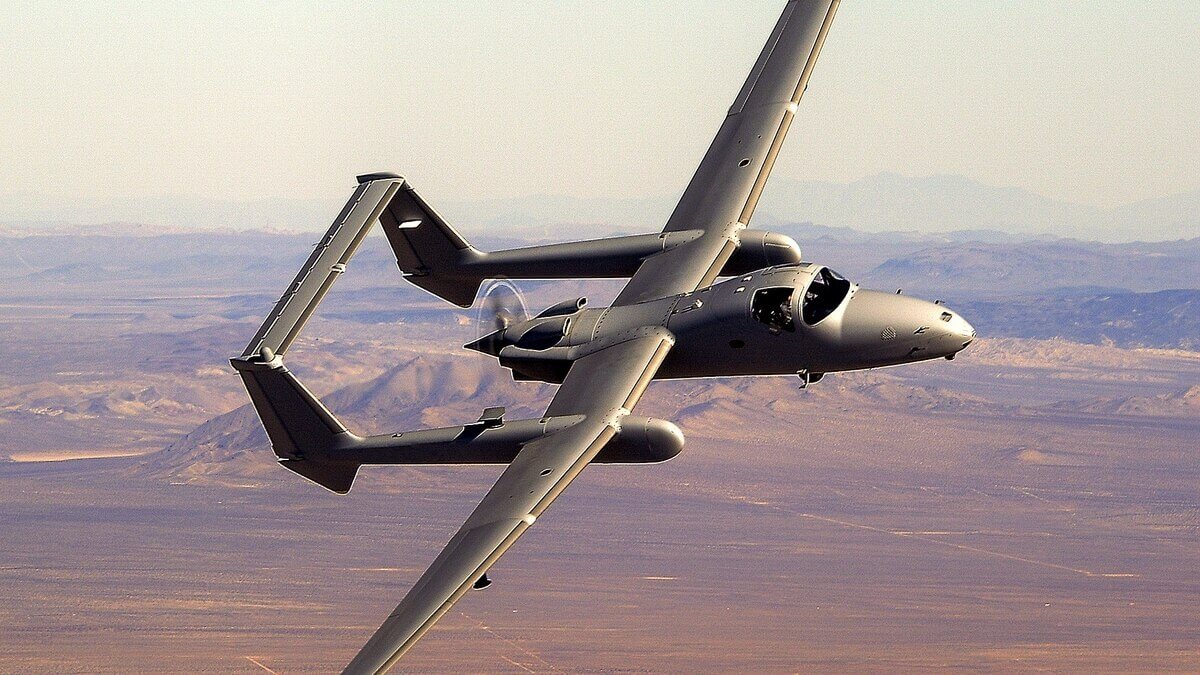
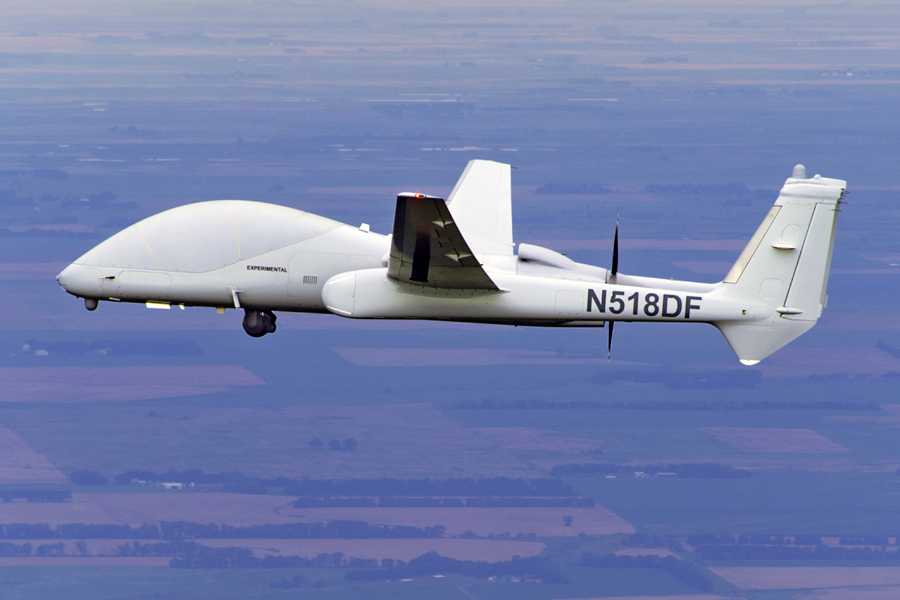
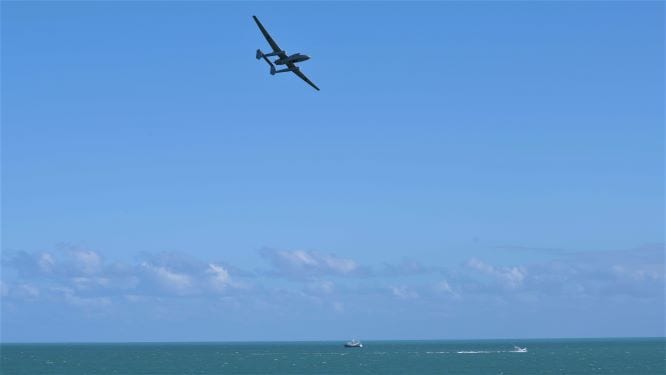
 www.aviationtoday.com
www.aviationtoday.com
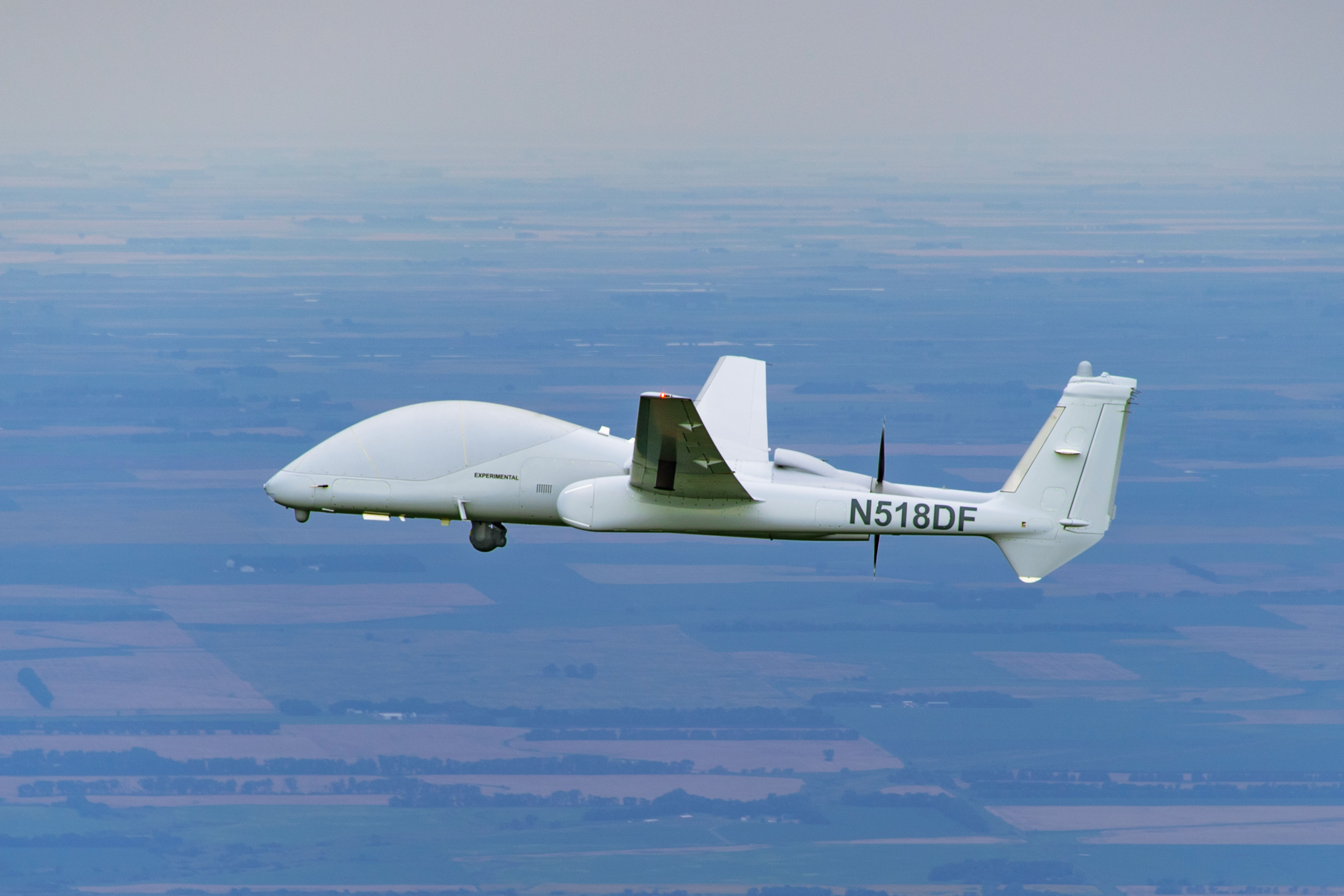
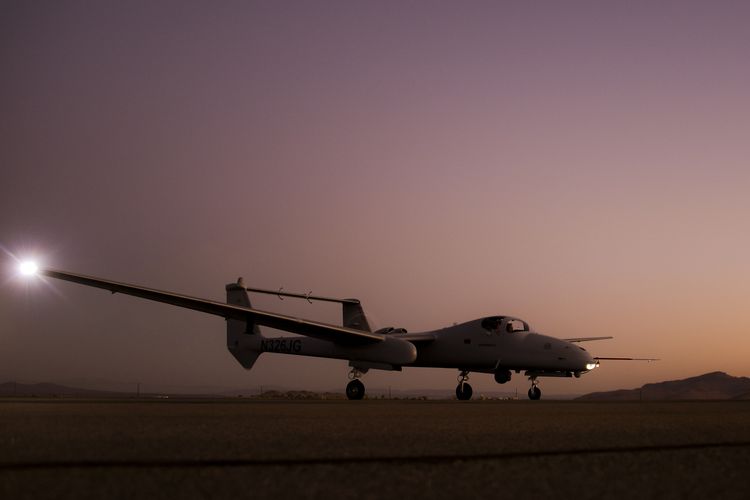
 www.defensedaily.com
www.defensedaily.com
